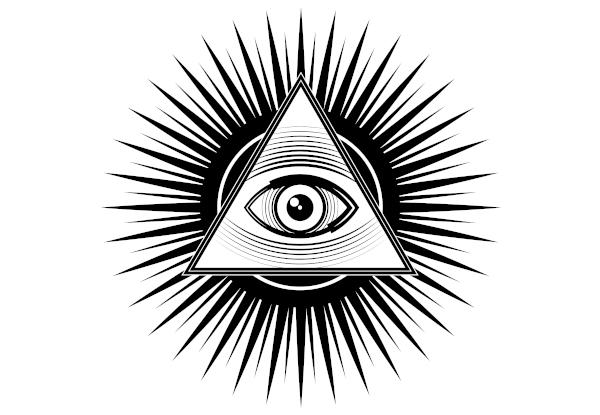A threat of asteroids colliding with Earth it is a common theme in films, series and diverse theories. Experts, on the other hand, consider the risk very small, but not non-existent.
Fear often stems from the memory of the devastating impact of a large asteroid, which some 65 million years ago resulted in the extinction of dinosaurs.
see more
7 places where you should avoid leaving your cell phone – see the…
THESE are the diseases that allow disability retirement;…
However, to better understand the risks and the journey of these celestial bodies towards Earth, we must explore several questions, and one of them is “how long would it take for a huge asteroid to collide with the Earth?".
In an article published in The Conversation, Steven Tingay, Professor of Radio Astronomy at Curtin University, addressed these fundamental questions. Check it out below!
The risks that asteroids pose
(Image: publicity)
Tingay points out that the Earth is often the target of collisions of asteroids smaller ones, which usually do negligible damage compared to larger rocks.
Due to their fragility, many of them disintegrate upon entering the atmosphere. However, the NASA provides a detailed look at the size statistics of asteroids hitting Earth and their impacts.
For example, smaller asteroids, under 4 meters, are the most common, coming close to the planet at least once a year. When they penetrate the atmosphere, a luminous "ball of fire" is formed.
Estimates also indicate that an asteroid with:
25 meters in diameter can collide with Earth every 100 years;
Already the 140 meters, every 26 thousand years;
Those of a thousand meters (or 1 km), every 500 thousand years.
Meanwhile, giants measuring 10,000 meters (or 10 km) appear every 100 to 200 million years. That is, it is unlikely that we will see one during our short existences.
The impact according to size
Asteroids 4 cm in diameter can result in the formation of meteorites if they hit the ground, but without causing major damage;
25-meter asteroids can cause “widespread damage” if they reach populated areas;
140 meter asteroids are capable of generating craters 1 to 2 kilometers in diameter, potentially fatal for metropolitan areas, resulting in significant loss of life;
Thousand meter asteroids can create craters of up to 10 km, causing global devastation and collapse of civilization;
10,000-meter asteroids can produce craters up to 100 km, leading to global devastation and the extinction of all forms of life.
However, Tingay reassures by noting that most of the observed asteroids pass thousands of kilometers away from the Earth's surface.
He points out that astronomers consider any object that passes closer to the Moon (about 300,000 km) as a “close approach”.
The greatest known threat
The largest asteroid with a potential threat to civilization, measuring more than 1 km in diameter, is expected to approach Earth in 2029. Named 153814 (2001WN5), the space rock will pass at a distance of 248,700 km from the Earth's surface.
Although about 95% of asteroids larger than one kilometer have already been discovered, scientists are still looking for the remaining 5%. That is, for now, we are safe.

